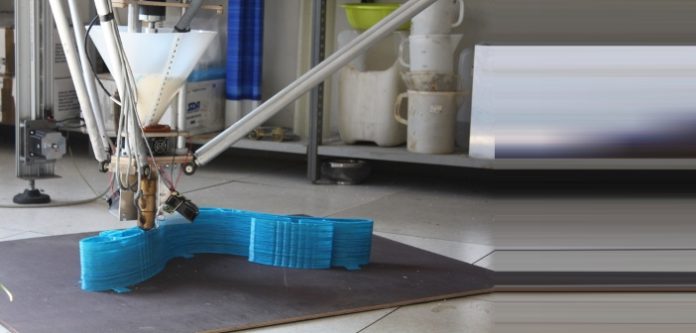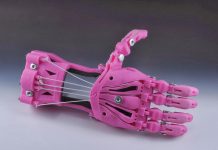WASP (World’s Advanced Saving Project), an Italian 3D Printer Manufacturer focused on developing 3D printing devices, announced the launch of a new Digital Orthopedic Laboratory in Syria.
Patients will be able to use the new facility, launched under the WASPMed division, and gain access to custom 3D printed medical support devices.
Experienced physicians Dr. Lelio Leoncini, a specialist in Medicine and Surgery, specialized in Physical Medicine and Rehabilitation, and neurosurgeon, expert in stereotactic surgery, cerebral neuro-endoscopy, Villiam Dallolio has used their professional mechanical and technical experience to develop the WASP system and help those in need.
The founder and CEO of WASP, Massimo Moretti, shares, “Our goal is to develop processes, machines and material to make a high quality service even in the developing-world-areas, in Syria we will put into practice the connection between the medical knowledge of experts from our territory and the needs of a country devastated by the war.”
In fact, WASP has already donated an artificial limb 3D printing laboratory to the University of Damascus in Syria, with the aim of providing rehabilitation, support and customized medical devices to those suffering in the conflict zone. This initiative has been launched with the collaboration of design, 3D printing and modeling startup ARCHE 3D Mantova, and Syrian volunteer association AMAR Costruire Solidarietà.
Thus the University of Damascus will be equipped with high-quality 3D printing devices that will enable the medical experts to build artificial arms, fingers and legs.
Professor Firas Al Hinnawi, from the Faculty of Mechanical and Electrical Engineering, says, “With the University of Damascus, WASP and AMAR we are working on three areas. We’ll start from the artificial fingers on which we have already done a lot of work. Then we will pass to the hands and the forearm. Finally we will focus on the lower limbs.”
The Digital Orthopedic Laboratory is a system comprised of four parts covering hardware, materials and software:
- WASP 4C Bust Scanner: a scanner uses 4 lenses to accurately imagine and scan the upper portion of a person’s body in less than 6 second. The designers use the 3D model as a base for printing the orthopedic supports.
- WASP Workstation: a special scanner software controls and slices the scanned model and is used as an open-source tool for customizing the model.
- & 2 DeltaWASP 3D printers: the 2040 Turbo2 and the 4070 Industrial are at the core of the system. They have been recently added to the WASP family and are specially optizmied for industrial use. These two printers feature automatic systems for non-stop 3D printing, heightened accuracy and pelletized feedstock.
DeltaWASP 4070 includes a heated print chamber, and ventilation, which allows users to use materials only suitable for 3D printing in these environments including Nylon and ABS (over a certain height).
To help set up the laboratory, in addition to the printing devices the WASP team has also prepared a range of medical materials, including polypropylene, carbon nylon, and antibacterial TPU and ABS.





























